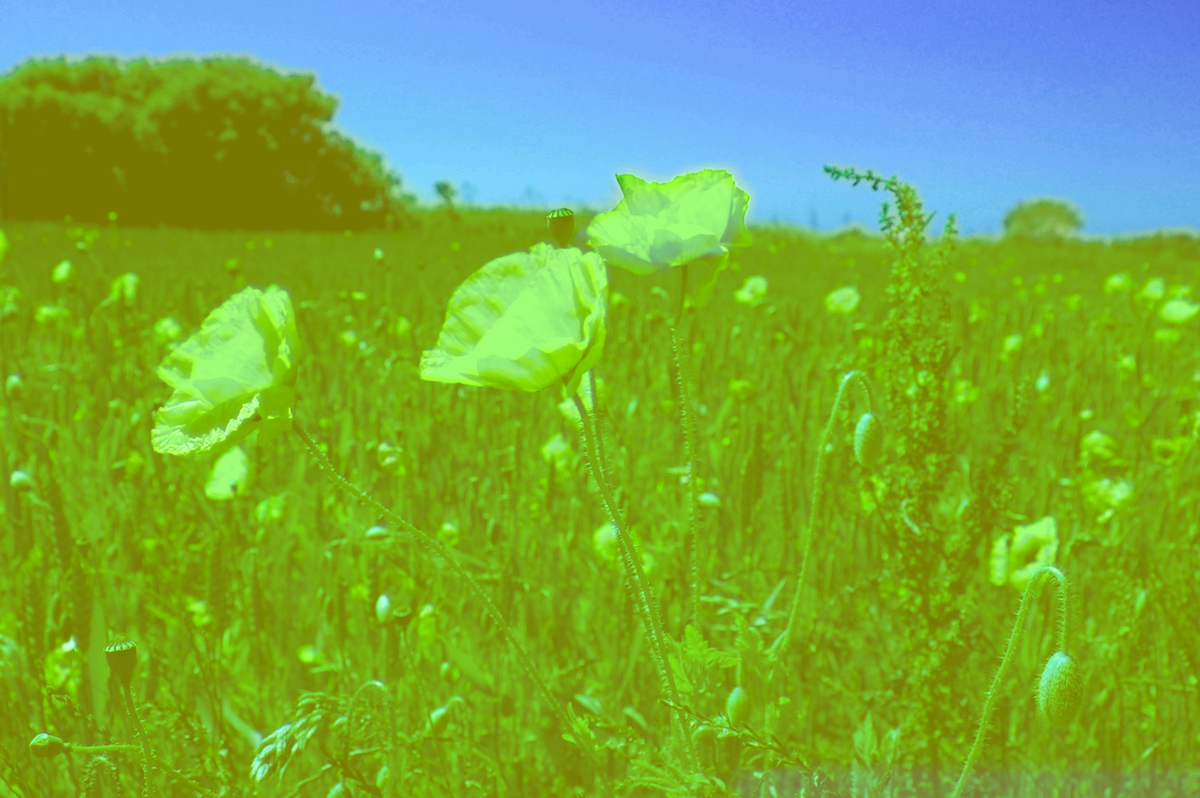HOME >
Learning from other fields > the mechanism of creatures recognizing light and colors
the mechanism of creatures recognizing light and colors
The retina has photoreceptor cells which can recognize light.
There are 2 kinds of cells, Cone cells and Rod cells.
Cone cells can identify colors, rod cells can defect lighting and shading.
Humans possess 3 kinds of cone cells.
However, many birds and fish possess 4 kinds of then.
Mammals (other than humans and some apes) possess 2 kinds of them.
Scientists think the reason why mammalian ancestors didn't have to identify colors was because they were nocturnal.
For example, how can a dog's and cat's eyes see a flower garden?
It is said that it is difficult for dogs and cats to recognize red.
So, it is thought that dogs and cats can look at a flower garden this way.
※
Because this photograph was taken under special conditions, it differs from reality.
Moreover, all dogs and cats do not see as in this picture.
Non-human mammals cannot identify colors better than humans, but they can feel most colors.
Some types of bugs can identify only one color but bees, flies and butterflies possess good color vision.
Even though many scientists have experimented with how animals can see colors, we still can't completely understand it.
Because we cannot talk with animals, we can only imagine their world.
(We know animals can identify a range of colors, but we don't know how animal's brains process the infomation.)
When we see a thing , a light
reflected or radiated from the thing get into eyes and make a image to the retina in the inner part of eyes.
The retina has the cone cell which feels only red, the cone cell which feels only blue, and the cone cell which feels only green.
Three imary of Light (red,blue,green).
For example, when you look at "Red", you look "red"by the cone cell which feels only red receives a stimulus.
Similarly, when you look at "white", three cells receives a stimulus at the same time.
By the way, if you gaze at a red bird, what will happen?
Although the cone cell which feels red receives a stimulus, it gets tired by continuing this for a long time.
So, even if "white" next enters, the red cone cell cannot react, and it looks blue+green=cyanogen(Greenish blue = red complelentary color).
About complementary color ⇒
the Three Primary of Light




